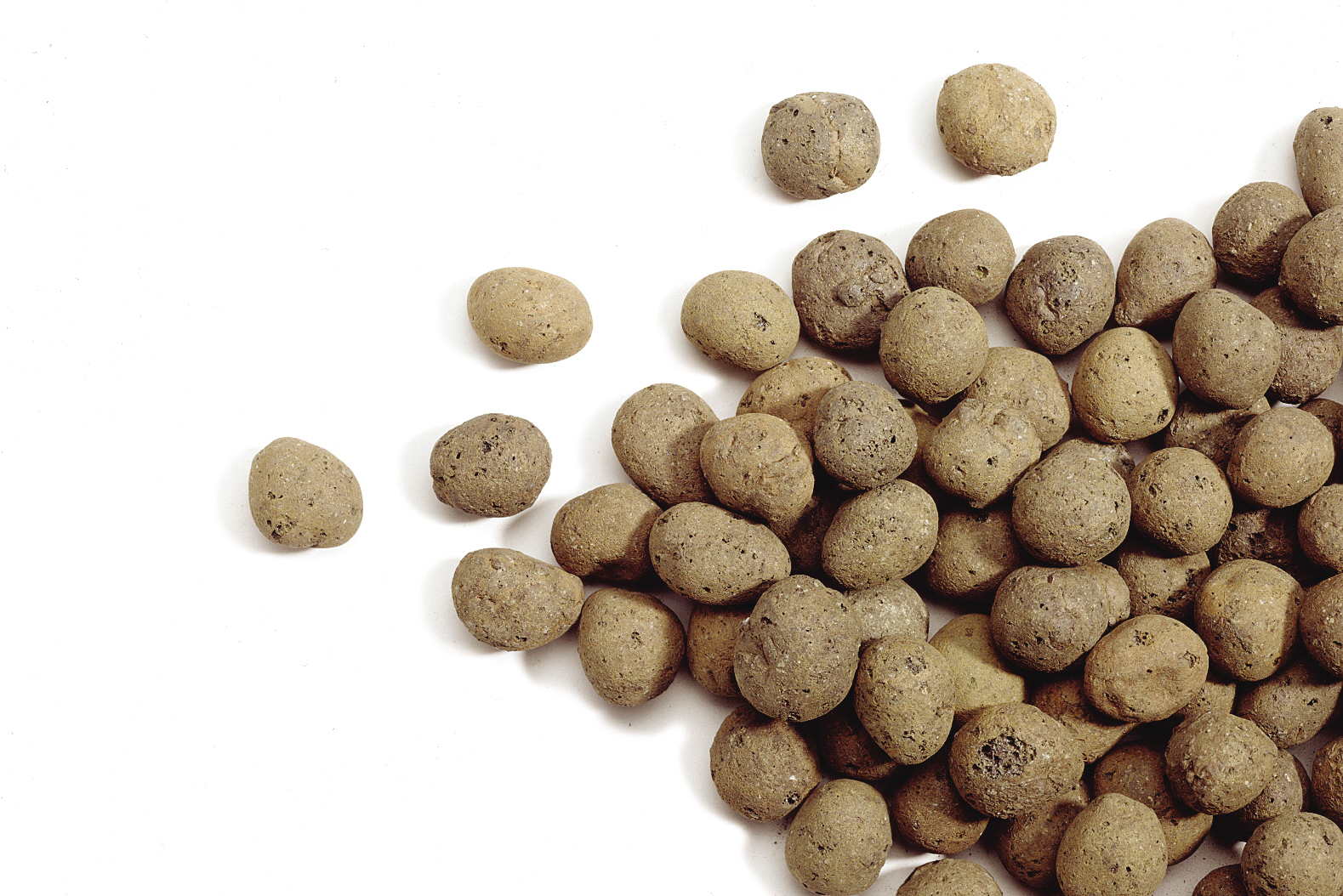Renaturation of our clay pits

Simple ideas often last longer. Leca® lightweight aggregate is manufactured from freshly mined clay and produced in an oven at high temperatures, preceded by a pre-treatment.
One cubic meter of clay makes it possible to produce five cubic meters of durable natural aggregate, with diverse applications: from a protective layer in flower pots to structural concrete in elements for platforms, in the difficult North Seas.
The focus has always been on an efficient and ingenious production process that produces as little waste as possible. All production facilities have implemented strict quality control, thus guaranteeing high quality products, with a minimum of environmental impact.
But when the clay it is extracted, what happens to the clay pit?
For example, in Lamstedt, Germany, the clay pit it is closed for clay extraction, but the biologic diversity is promoted and Nature returned to old mining areas. Today, the green lagoon banks are nesting and resting places for numerous species of birds.
Our Leca International´s Operations Director, Susanne Bay Jensen, explained to us what can happen in the different LECA countries. It is of course different from country to country how one wants the clay pit to be given back. In Norway, the authorities would like the land to be set aside for agricultural purposes. A good example is the former clay pit areas next to Lake Oyeren. Here, according to an agreement between landowners, authorities and Leca Norway, agricultural land has been created but in a manner that corresponds to the original natural settings. In Finland the authorities want more wild nature and recreational areas. The lakes are maintained and retained and we see a large variety of bird life in the areas. In Poland, some areas are left for agricultural space and some for natural areas depending on what the needed locally. In Portugal the clay pit used to be an olive grove. Once it has to be returned, the area becomes a recreational area. In Denmark, the clay pit is left as it is, and nature is left to its own natural development through planting. A clay pit is in operation for a minimum of 5-7 years, but sometimes it is also 25 or even 50 years. We do not excavate the whole area in all this time but we continuously return it back to nature. For each clay pit, there is a plan for how the return should be. These plans have been agreed in collaboration with landowners and authorities.
To review the full Susanne Bay Jensen’s interview, click in button at below.





